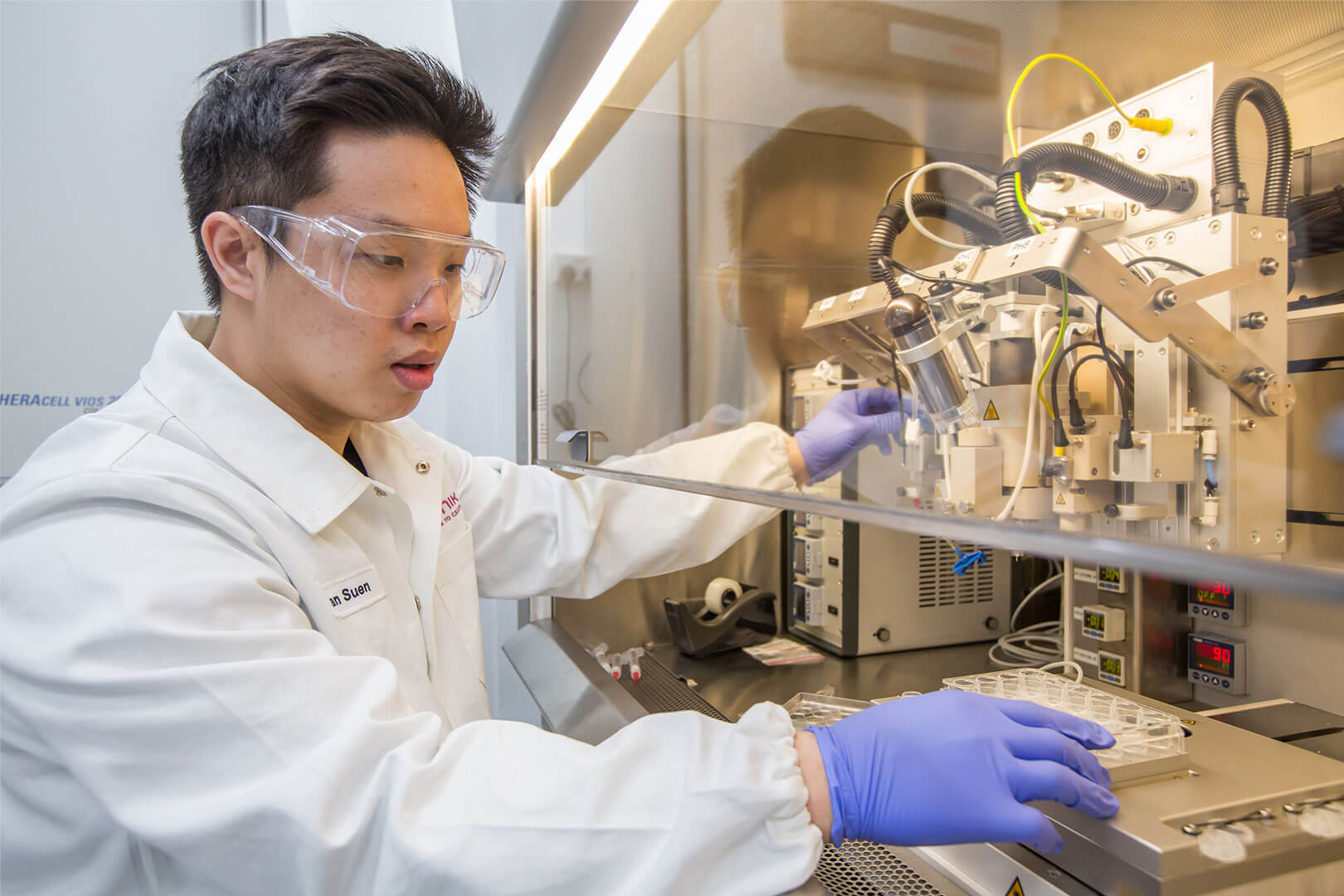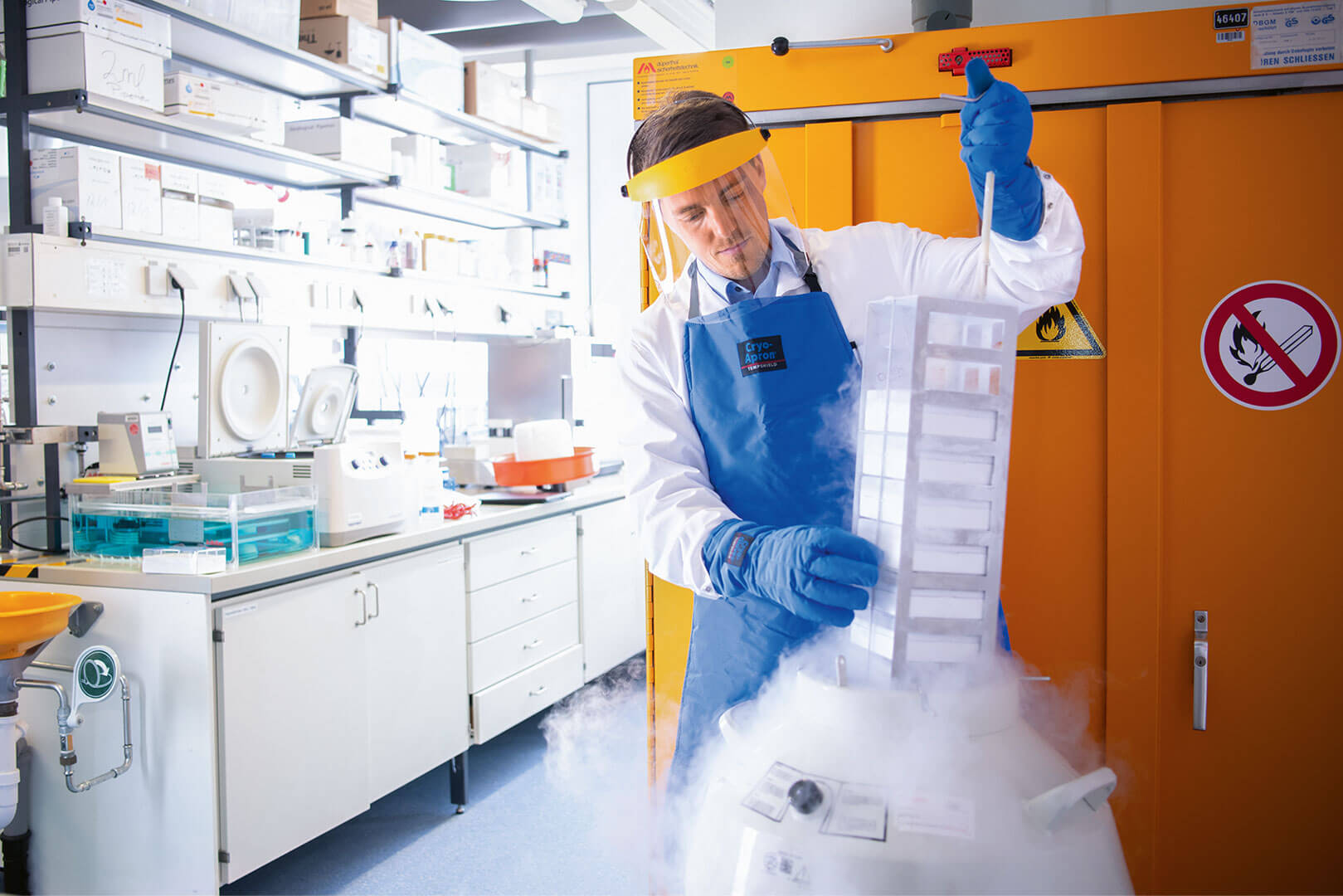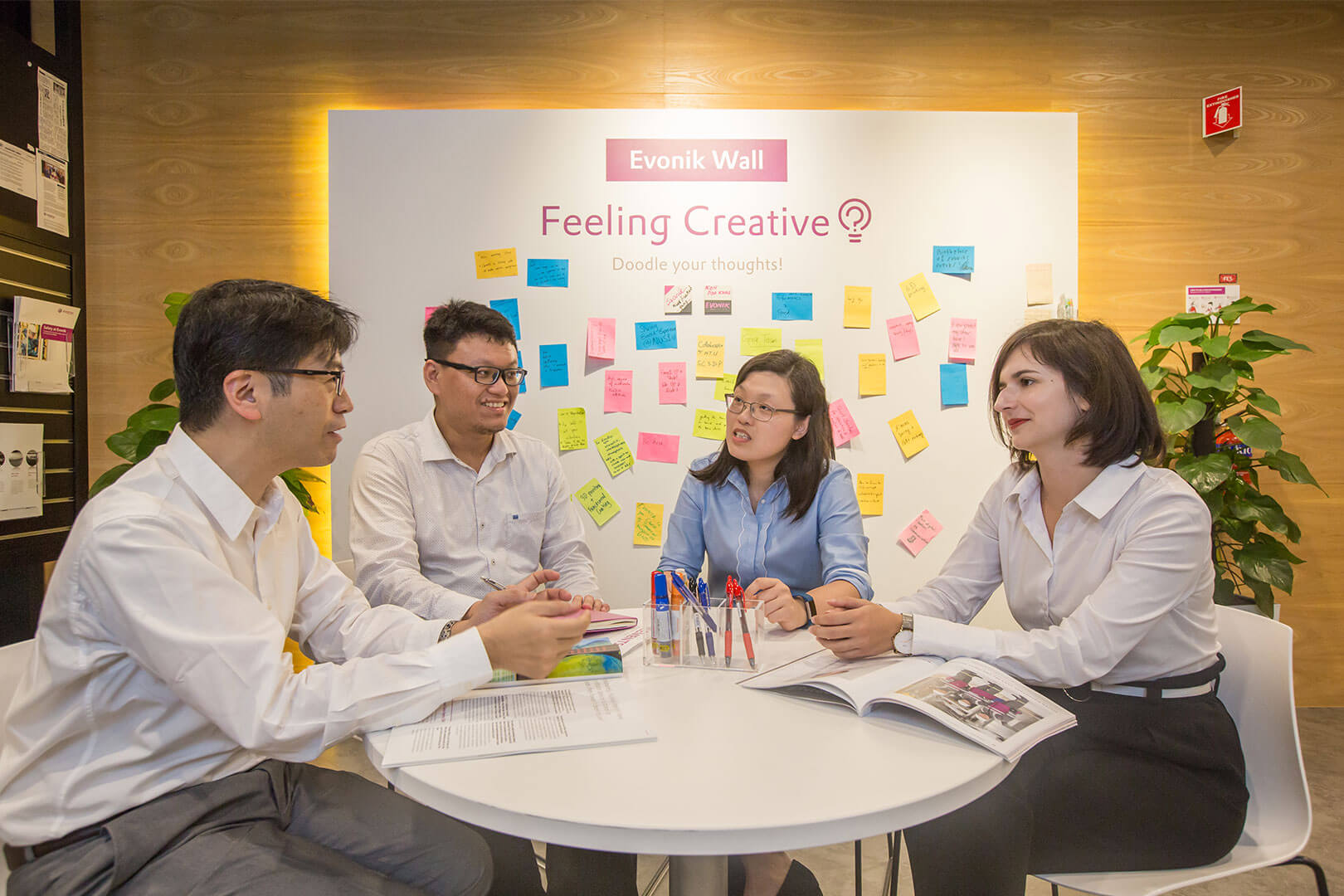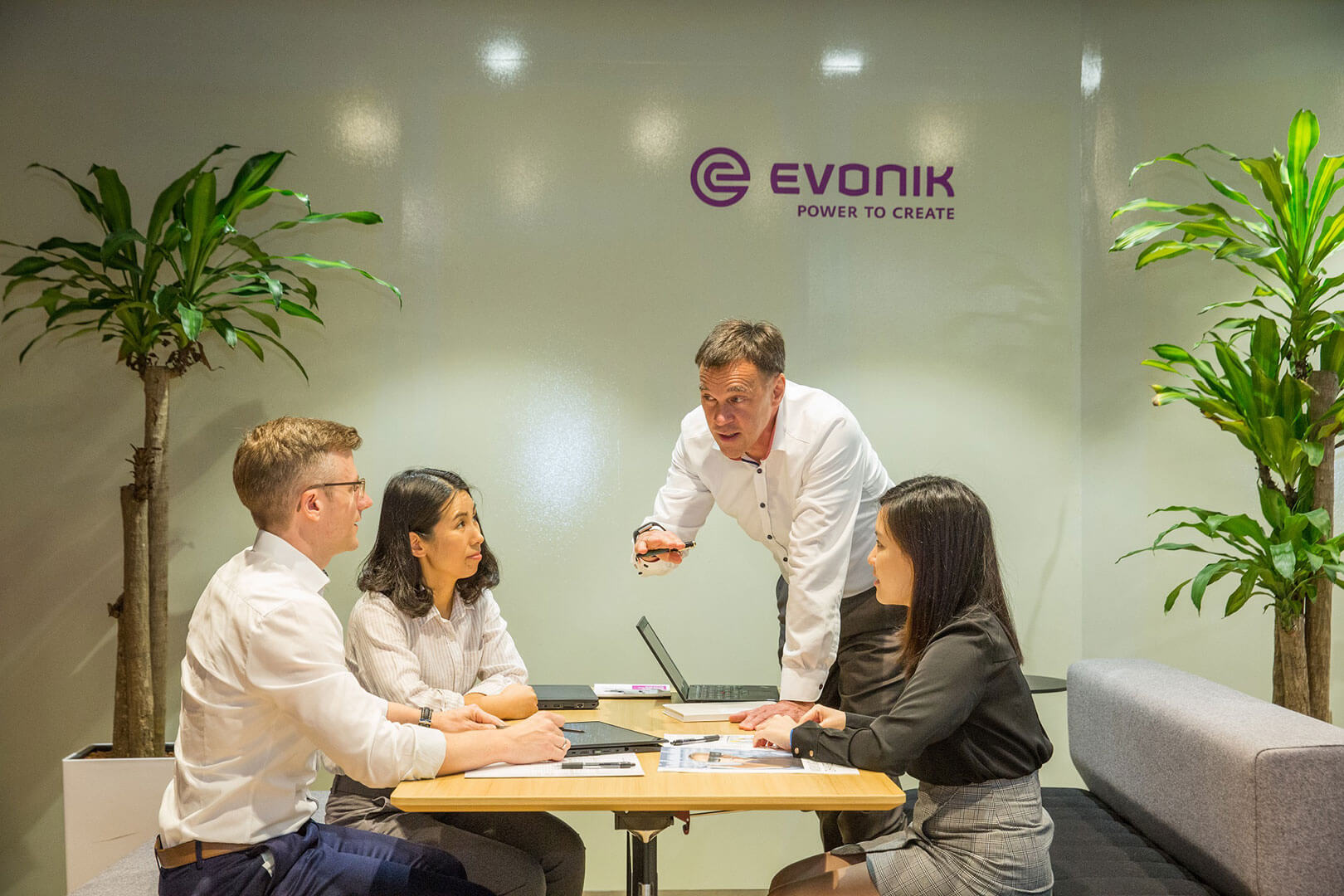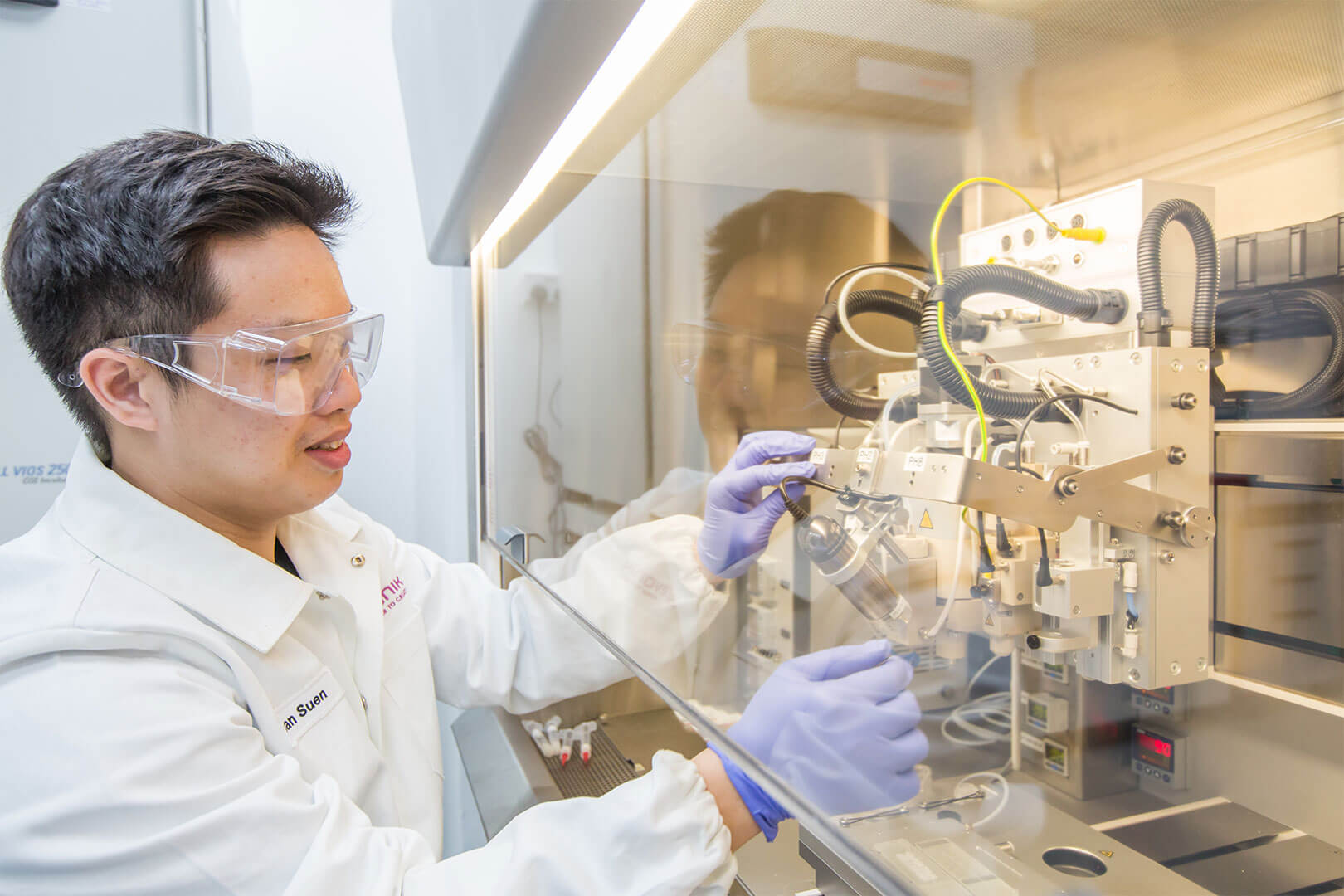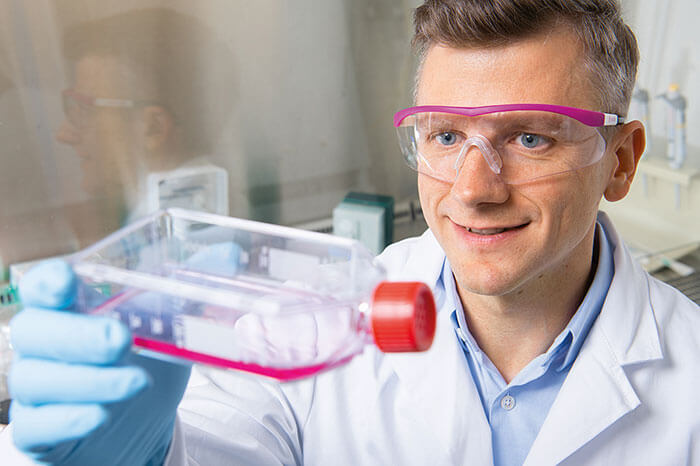
Research
Protecting the Skin
Our skin protects us from environmental effects. But what protects our skin? New active ingredients that promote detoxification, for example.

Pharma Polymers
Healing bones with polymers
The Medical Devices Project House is developing materials that support bone healing and make follow-up operations unnecessary.

Pharma Polymers
Transport without Side Effects
Drug delivery—on the art of transporting active pharmaceutical ingredients to specific targets in the human body.

Pharma Polymers
How Medications Enter the Body
The “chemical packaging” and the navigation to specific targets are becoming ever more precise.
ELEMENTS Newsletter
Get fascinating insights into the research Evonik is conducting, and its social relevance, by subscribing to our free newsletter.

